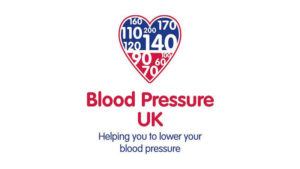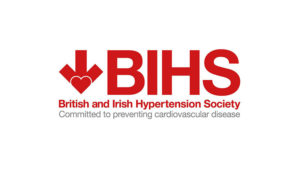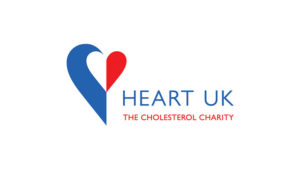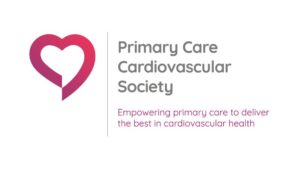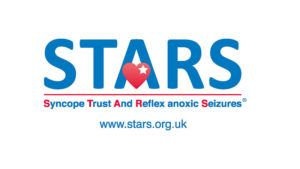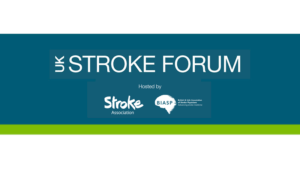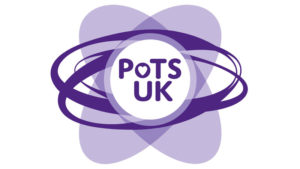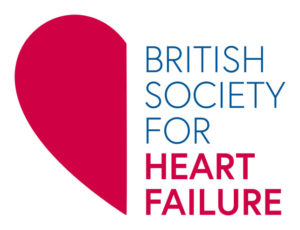What are the practicalities of supporting people with diabetes who fast during Ramadan? Practice nurses can make a real difference by educating patients before Ramadan starts and advising them on what they need to consider before starting their fast. Patients need to be involved in the whole process so that they are well aware of the importance of managing their diabetes to ensure good control of their glucose levels throughout Ramadan. We review how to assess patients before Ramadan, what adjustments to make to medication and how to follow up.
Caring for your diabetes during Ramadan
Fasting during Ramadan means that you have longer gaps between meals than usual. Many people also eat more food in one meal – in particular, more carbohydrate-rich and fatty foods – during this time. If you have diabetes, this may mean that you have large swings in your blood sugar levels during Ramadan. During the day – when you are fasting – your blood sugar is likely to drop. This may make you feel weak, tired and dizzy. This is called hypoglycaemia (which means low sugar) – a period of hypoglycaemia is sometimes called a ‘hypo.’ People who are sick or whose health may be adversely affected by fasting – such as those with diabetes – do not have to fast during Ramadan. However, some people do decide to observe the fast. This leaflet gives you some tips on how to keep well.
American College of Cardiology Annual Scientific Sessions
Preventing and treating bone disorders in chronic kidney disease
Chronic kidney disease mineral and bone disorders (CKD-MBD) is a slowly progressive complication of CKD occurring over many years. The kidneys are unable to maintain normal levels of calcium and phosphate and respond to the hormones needed to maintain healthy bones. CKD–MBD is a common problem in people with stage 3 CKD onwards and affects almost all patients receiving dialysis. This article explains why renal bone disease occurs, the problems it can cause for patients affected and provides practical tips on how to identify people at risk and management options.
Older people and HIV: A call to action
Thanks to effective treatment, people with HIV are living longer than ever. Older people are now the fastest growing group with HIV in the UK, and as many as one in five adults accessing care is now aged over 50 years. But treatment does not mean cure, and a targeted approach to support is needed, as well as action to halt the growing numbers of older women and men affected by HIV.
Intrauterine system: informed choice for women and GPs
The intrauterine system (IUS) is a very effective long-acting reversible contraceptive (LARC) for appropriate women. But myths and misconceptions may cause some patients to opt for other, less reliable or suitable methods. Addressing frequently asked questions will help GPs to prescribe with confidence and enable women to make informed decisions about their contraception.
Identifying and supporting women with puerperal psychosis
The birth of a new baby is usually seen as a cause for celebration. But following delivery, a woman has a greater likelihood of psychiatric admission to hospital than at any other point in her life. This is often due to puerperal psychosis, a serious mental illness requiring prompt recognition and medical treatment. Primary care professionals are well placed to identify early symptoms to minimise risks to mother and baby.
COPD: Serious, chronic and becoming more common in women
Chronic obstructive pulmonary disease (COPD) is a largely preventable, slowly progressive, inflammatory disease. Rates of COPD are rising faster in women than in men, yet women are less likely to be diagnosed. There is currently no cure, but best-practice management outlined in recently updated NICE guidelines can help to improve patients’ symptoms and quality of life.
Vaginal thrush (Candidiasis)
Training for nurses improves care for women
Many advanced nurse practitioners (ANPs) are working in innovative ways to enhance patient care in general practice. But little specific training has been available for ANPs in women’s health. This article outlines how a training course was developed specifically to improve and maintain local ANPs’ competencies in managing women’s health in primary care.
The Forum takes action as the voice for women
The Primary Care Women’s Health Forum is now over one year old. When we met to establish the Forum, we set ourselves several aims and objectives. As we celebrate our first anniversary, our membership continues to grow and we are beginning to deliver on our major objectives: to be the voice for women and improve their healthcare.
Take a sexual history in primary care
Many primary care clinicians worry about how to take an appropriate sexual history. Raising the issue seems straightforward when a woman has symptoms or when contraception or cervical screening feature in a consultation. The challenge occurs when the possibility of sexual health issues may not be so apparent to the patient.




